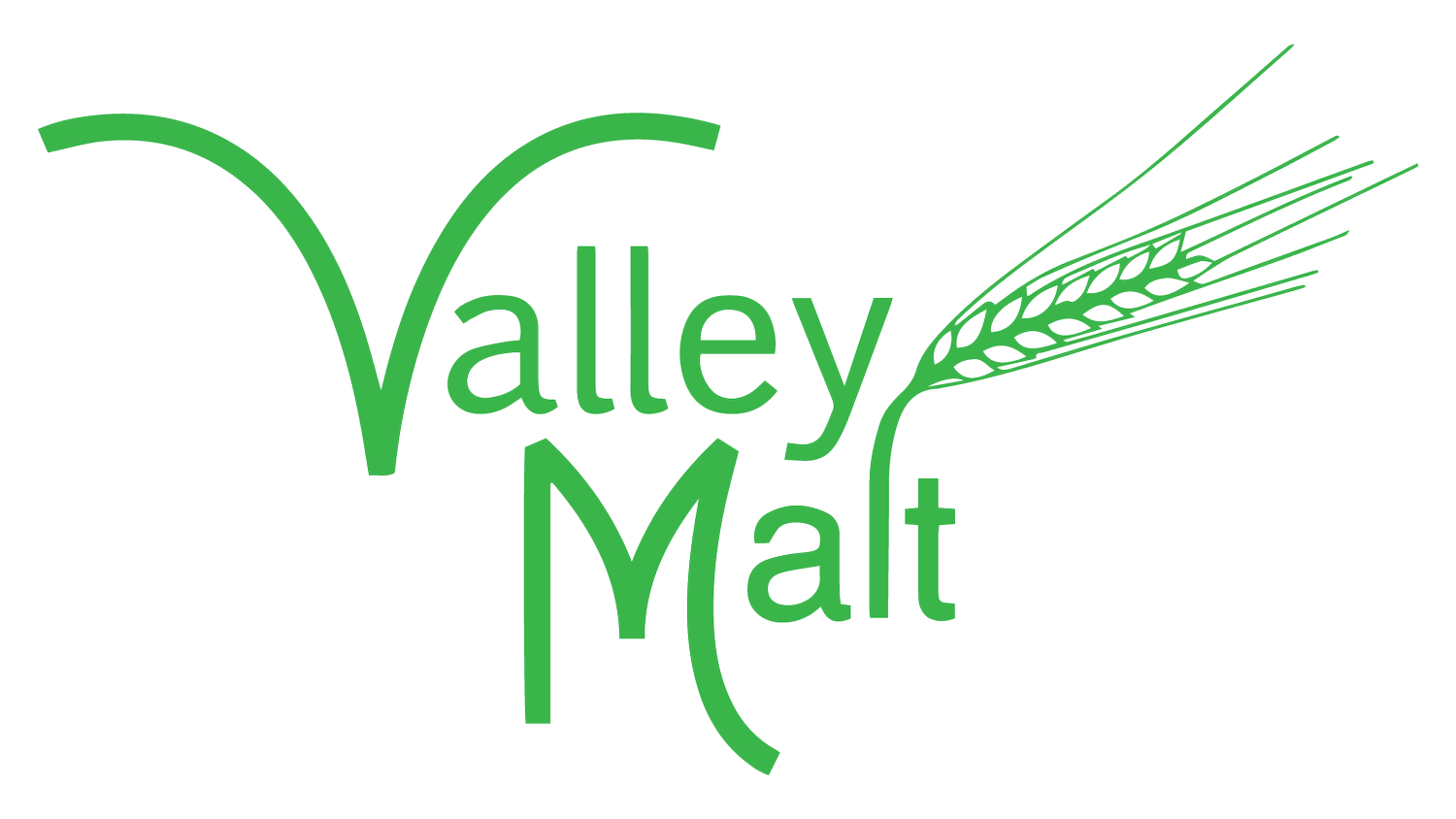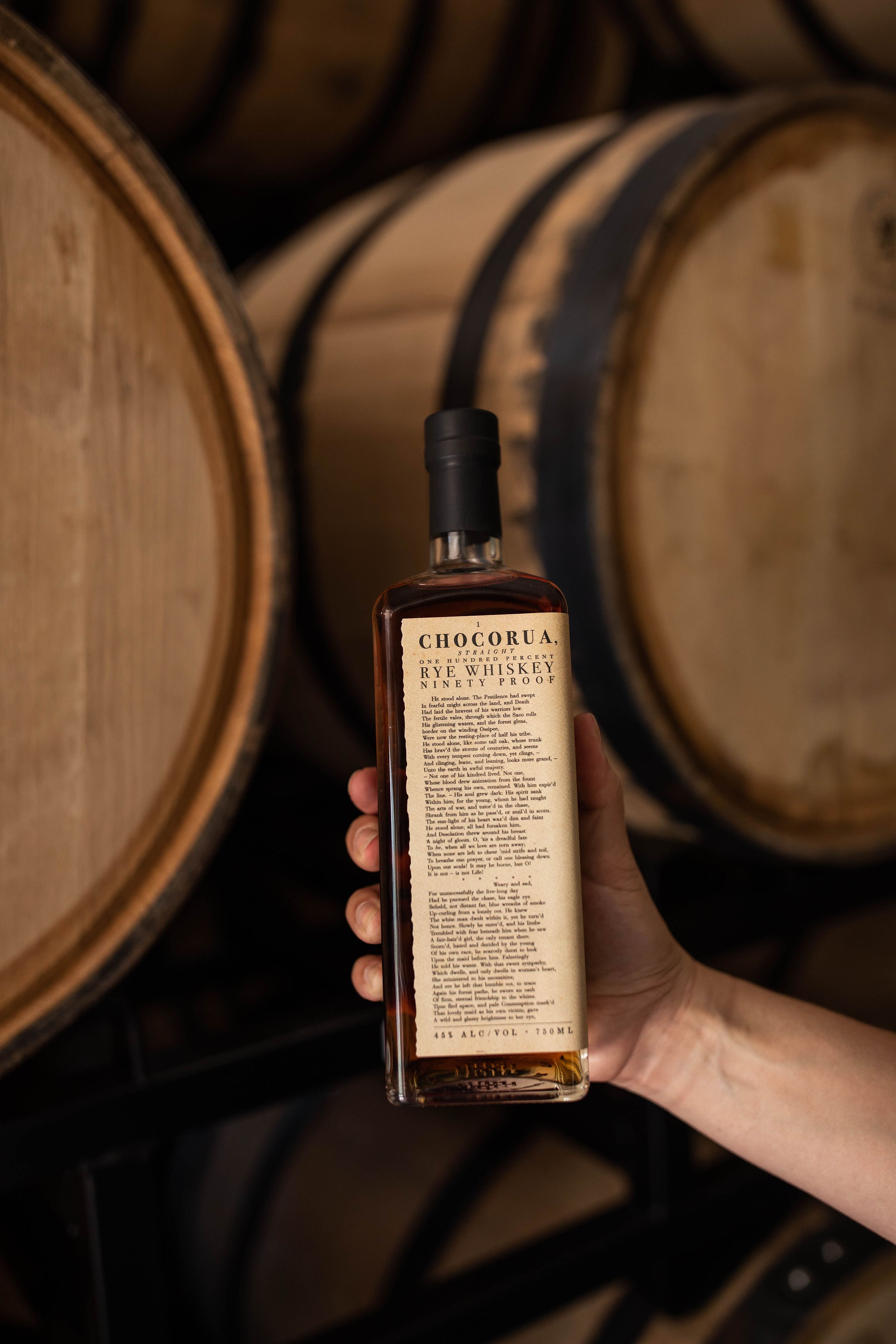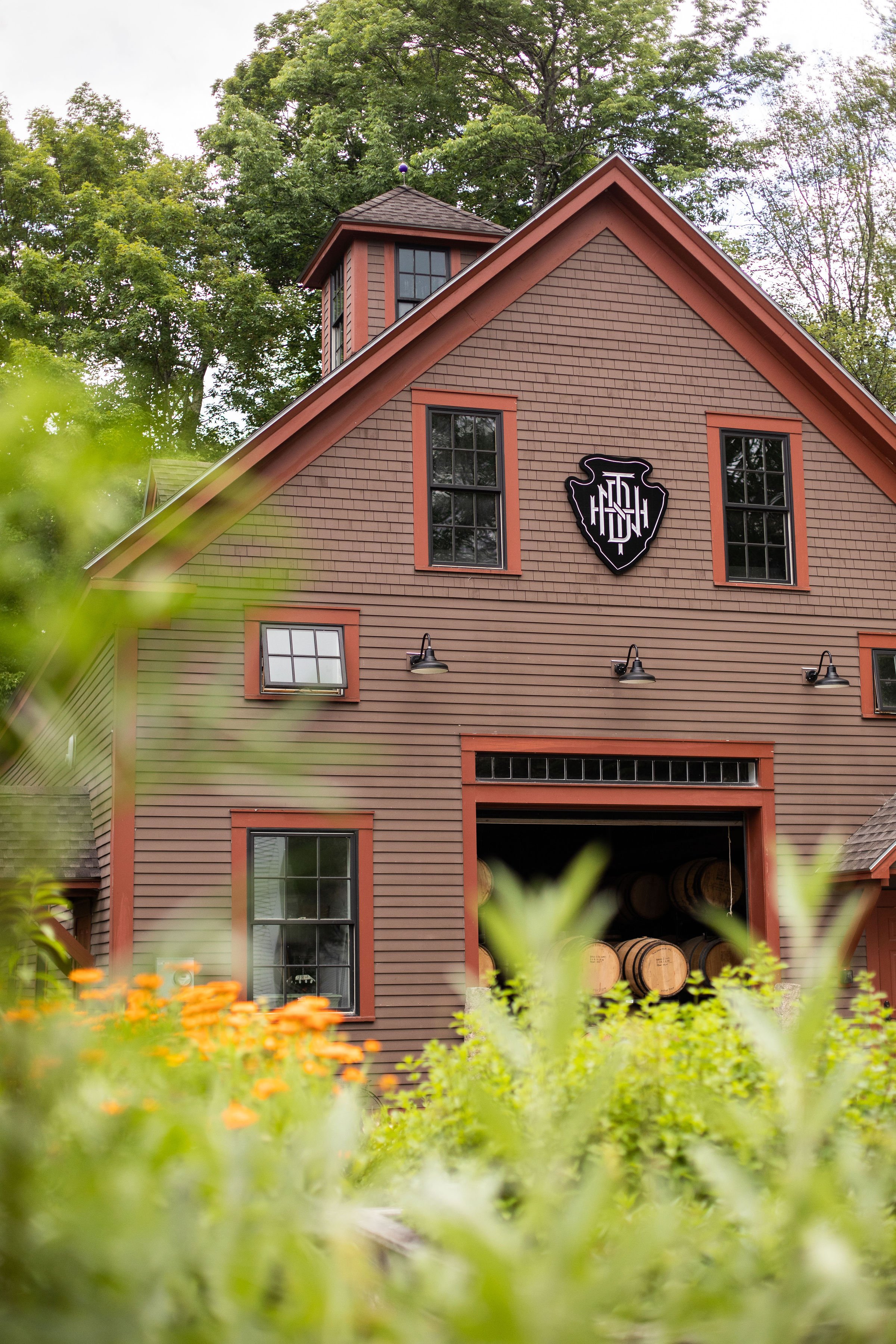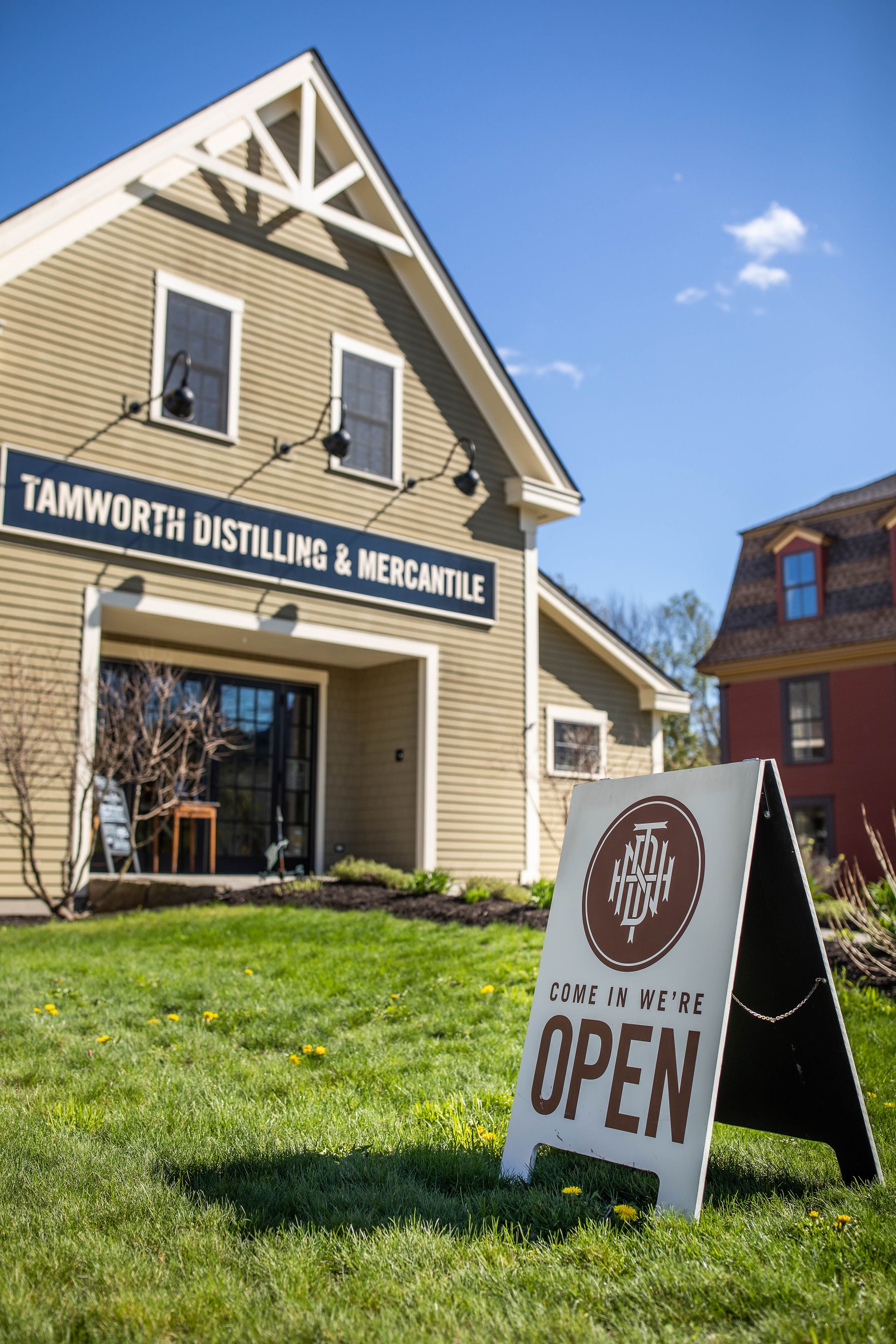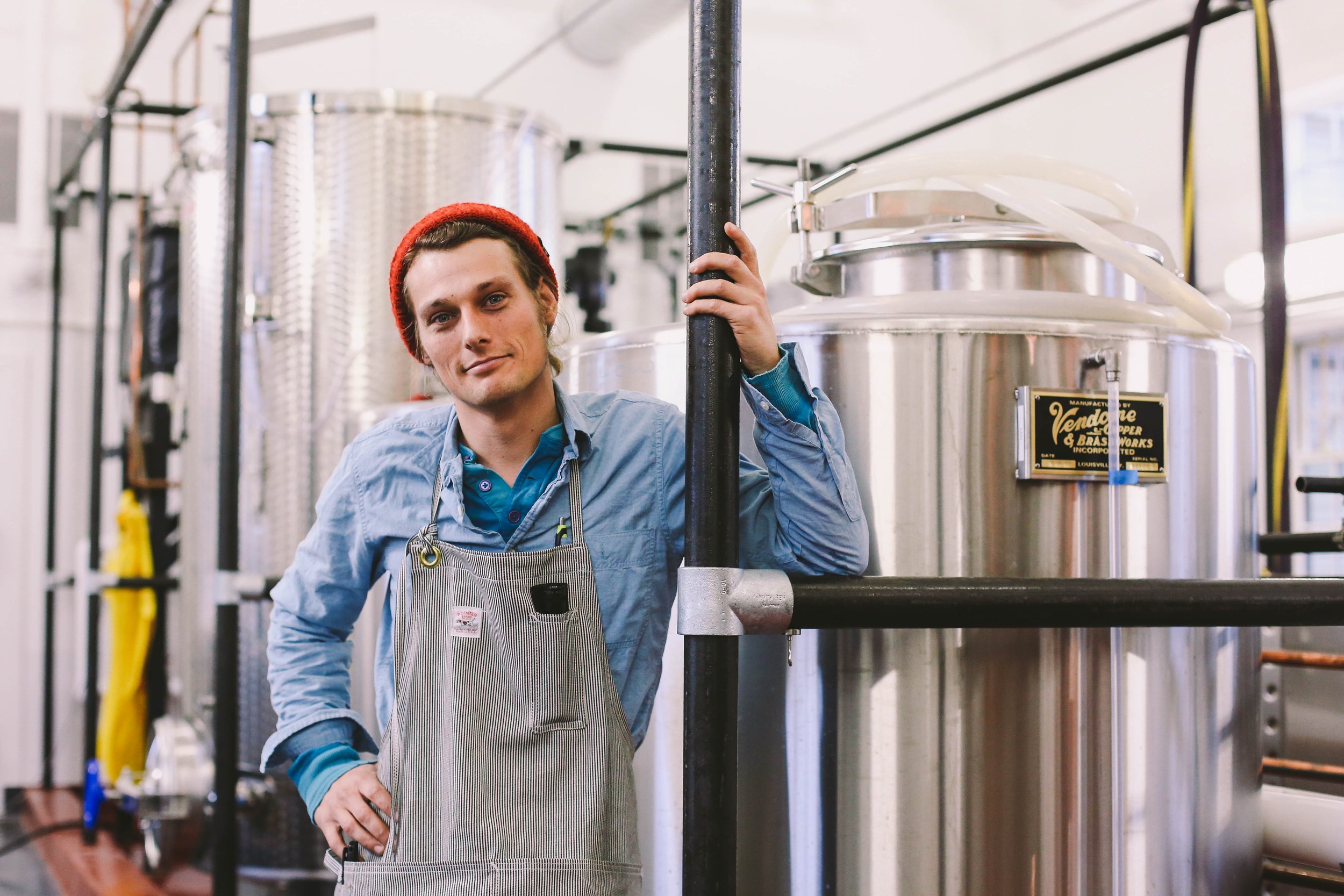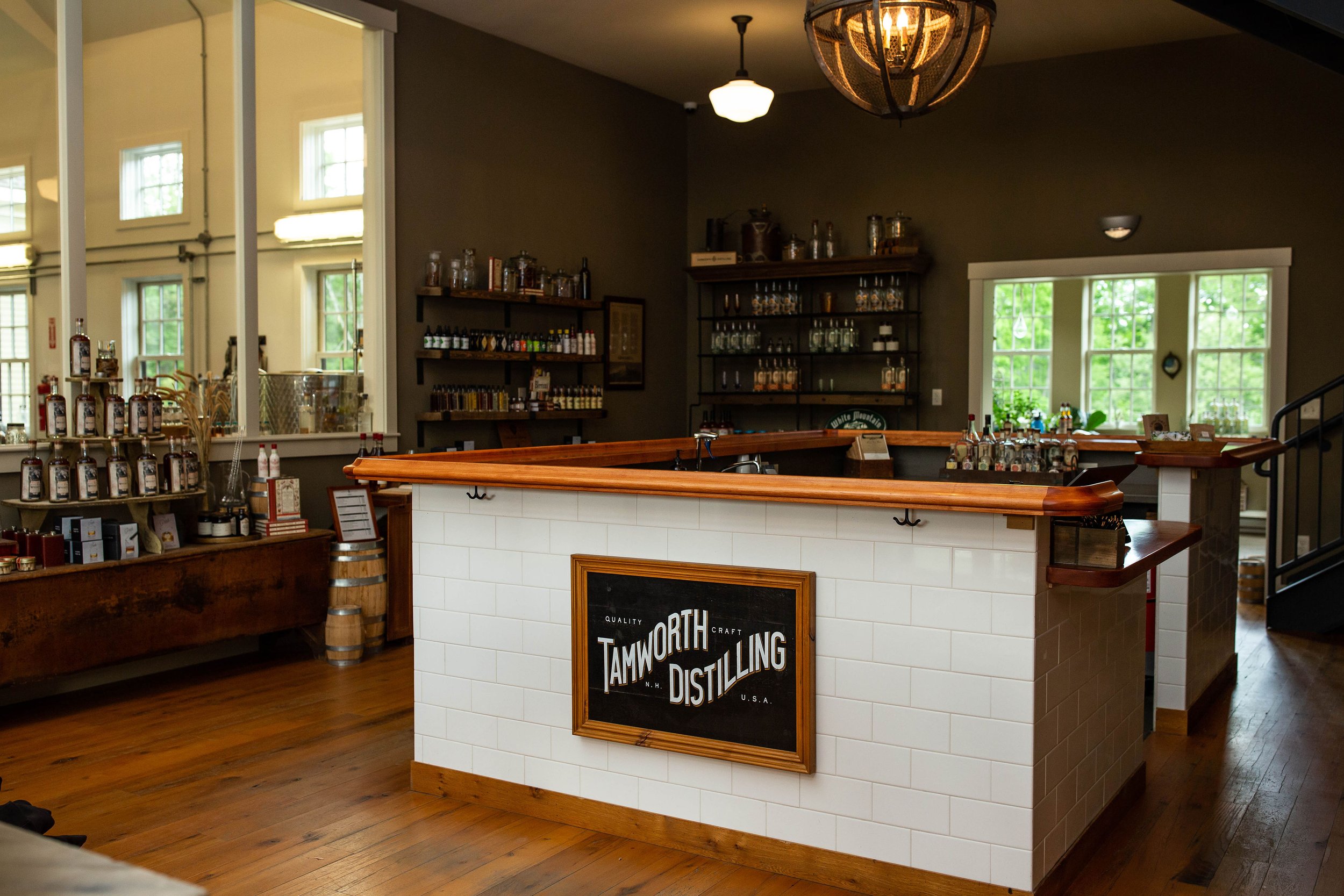Tamworth Distilling Makes Magic with Local Ingredients - Like Valley Malt!
Marketing wizard Steve Grasse was instrumental in the success of Hendricks Gin, Sailor Jerry Rum, and the revived Narragansett Beer. In other words, he plays in the big leagues. But when he launched his own distillery in the small town of Tamworth, NH, he wasn’t planning on building a new corporate behemoth. “He wanted to invest in a small craft distillery that could bring his zany ideas to fruition,” said Tamworth distiller Jamie Oakes. In response to Steve’s prompts, Jamie and his colleague Matt Power have developed concoctions that range from the sublime to the absurd, featuring locally sourced ingredients including native trout and invasive green crab.
But the Tamworth Distilling focus on special ingredients doesn’t always lead them down exotic paths. One of their flagship spirits, Chocorua Rye Whiskey, was designed around a single grain, grown in New England and sourced from Valley Malt. “The entire mash bill was rye from one farm, in one harvest year,” said Jamie. Valley Malt’s malted rye provided all the enzymes for the mash, with no additives needed. “Rye gets a bad reputation because you can bump the still,” said Jamie. “It’s got a lot of protein so you get some head retention issues. People will use added enzymes to break things down because it’s just so gummy and tough to work with. We’ve never had issues with the AC Hazlet. The flavor is really good.”
Sourcing local ingredients and capturing a taste of place is key to the Tamworth mission. They use locally grown grains in all of their spirits. “The farthest afield is probably Thor,” (Oechsner, the grain farmer in New York State). The Tamworth Garden Mountain Berry Cordial is made from aronia and honey berries from a farm up the road, and their botanical gins are enhanced with lovage, hyssop, Mexican marigolds, and other herbs from Matt’s backyard.
Tamworth’s latest adventure in local sourcing is a collaboration with Andy Fast, a University of New Hampshire forestry expert, who has been working to develop a market for New Hampshire grown wood for aging barrels for whiskey and other spirits. “The industry of White Oak is no longer a New England industry,” said Jamie. “It tends to be in Appalachia, Missouri. With the mountainous topography of New England we don’t get the straight, long oak that you see in other areas. Andy was trying to find maple or birch that could work. You want them to work, and in theory the flavors should work, but structurally White Oak is really the ideal for whiskey and other liquid maturation. It has long grains within it that we use to extract things. It also has tyrosol, that will kind of bind off the end caps of those long grains, and the flavors are beneficial. It has to be very straight, without many knots that will cause liquid to hemorrhage out. Andy Fast used gas chromatography mass spectrometry looking for a specific molecule, generally called a whiskey lactone, that is indicative to whiskey flavor. It turns out it’s in abundance in New England oak - it had the missing piece. It was a long process, four plus years.”
After those years of research, Tamworth has their first batch of New Hampshire White Oak barrels in hand. They are planning to age a new batch of Chocorua Rye Whiskey in the barrels, as well as brandy distilled using Synergy barley malt from Valley Malt, grown by Morrill Farm in New Hampshire.
Like the Chocorua Rye Whiskey, the New Hampshire White Oak project originated from a somewhat wild idea, driven by the desire to collaborate with a local agricultural partner, that fortuitously resulted in great flavors. These are the projects that are most gratifying to Jamie. “American Whiskey Review gave Chocorua Rye a recommend this past year. It’s been scoring really well. You start with being close and having a relationship with a farmer - but flavor-wise it’s been doing really well.”
